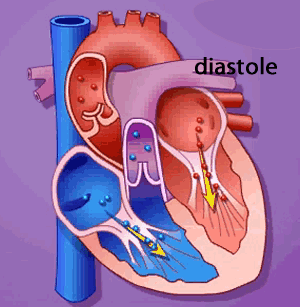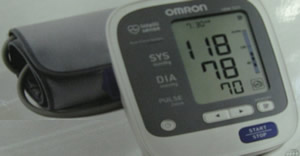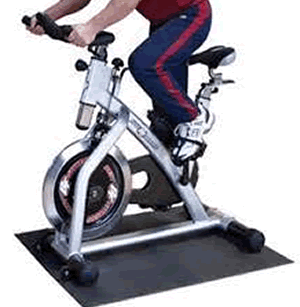
What does a blood pressure reading of 120 over 80 actually mean?
Well, the 120 is the systolic pressure while the 80 is the diastolic pressure as it is measured in mmHg. That is when the heart contracts and squeezes blood into the body the pressure increases to 120 mmHg. This is the diastolic pressure. When the heart relaxes and fills with blood the blood pressure in the body falls to 80 mmHg and is known as the diastolic pressure.
In this case, where the blood pressure is 120/80, the patient is said to have normal blood pressure.
Systolic blood pressure of 130 or more is considered unhealthy and cause for concern when it reaches 140. Diastolic pressure of 90 is an unhealthy level.


Mean arterial blood pressure (MAP) can be determined using the equation MAP=dBP+1/3(sBP-dBP). Where dBP is diastolic blood pressure and sBP is systolic blood pressure. MAP is the pressure driving blood through the tissues of the body during the cardiac cycle.
A possible prediction for our investigation is that as exercise demands increase, the workload of the heart will increase in response to the demands of the body and hence blood pressure, systolic and diastolic, should increase proportionally.
This prediction is best known as a
The period when the ventricles of the heart contract is known as
The period when the ventricle of the heart are relaxed is known as
What does mean arterial blood pressure (MAP) indicate
What is systole?
What is diastole?
Before we get started look through the literature online and discuss what others have found having conducted similar experiments. Discuss other's findings and add them to the bibliography.
Select twenty participant and measure their resting sBP and dBP and heart rate.
Each participant warmed up on the bike for 6 minutes. At the end of the warm up each participant peddled as fast as possible for 50 seconds. At the end of the sprint blood pressure and heart rate were taken.
All participants peddled at the same resistance level.
| Subject | Resting sBP | Resting dBP | Resting HR | sBP at 50s sprint | dBP at 50s sprint | HR at 50s sprint | % change in sBP | % change in dBP | % change in HR |
| example | 120 | 80 | 65 | 130 | 89 | 140 | (10/120) X 100 | (9/120) X 100 | (75/65) X 100 |
What is the average change in:
HR
sBP
dBP